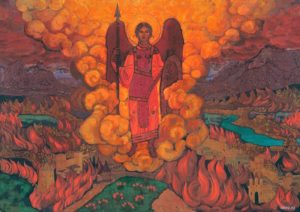
1874 - 1947
Nicholas Roerich
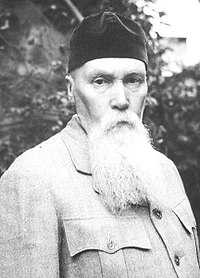
description
A Russian artist, stage-designer, philosopher, teacher and writer.
Born into the family of famous St. Petersburg notary Konstantin Fedorovich Roerich. In his childhood, he studied with draftsman and sculptor M. Mikeshin.
Roerich as a prominent public figure was the head of the association “World of Art”, the founder of international movements “World through Culture”, “Banner of Peace”, the New York Institute of United Arts, the American International Center “Corona Mundi”, the author of the Roerich Pact. The total list of organizations which Roerich was a member of, totals approximately 60.
Roerich created approximately 7000 paintings, systematized in cycles and series (Old Russian, Mongolian and Tibetan, Himalayan, etc.), which are located in major museums, famous galleries of the world. The artist received prestigious awards not only in Russia, but also in Yugoslavia, France and Sweden. One of the oldest art educational institutions in St. Petersburg is the school named after N.K. Roerich.
In the world, more than a dozen museums of Nicholas Roerich are open and functioning. Active is the Roerich’s movement “Agni Yoga” (Living Ethics).
Key Ideas:
– The artist’s ideas were formed according to his practice (studying ancient history, participating in excavations) and inherent interest in nature. In his paintings, N. Roerich sought to express the concept of “the original past nature” in the light of the historical past. The ideas of Rousseau and the calls of L. Tolstoy to “simplification” appealed to him.
– Roerich was mostly a creator of historical landscapes and plot works related to mythology. The master achieved persuasiveness due to the combination of the pantheistic worldview with the scientific certainty. All landscapes reflected his inner experiences, his search for answers about the future in the past, his perception of phenomena and images as the signs of nature, obvious or hidden signs.
– The artist, striving for expressiveness, changes the texture of the smear, finds a monumental and decorative solution for the paintings. Borrowing from J. Segantini (Italy) an idea of cutting a pasty thick brushstick with a palette knife, Roerich obtained the desired dense enamel surface.
– Searching for his own style, he turned to contrasting decorativeness, then to tonal oil painting, then to the possibilities of tempera. According to Roerich, the first pictures were “painted thickly,” and tempera captivated “the airiness and sonority of tones.” The transition to tempera was important, because he was looking for subtle color qualities, leading away from the material density of the smear.
– The paintings of N. Roerich are associated with musical impressions. The associative parallel between a sound and a color was noticed long ago. Roerich, who had a color sound-perception, used this harmony exceptionally accurately.
– Wherever the path of the artist passed, it was accompanied by large series of canvases. The most grandiose one was the Himalayan series, because the master painted the mountains from the first meeting with them and to the end of his life. The Himalayas lit by the sun, wrapped in clouds, covered with snow or sunk in blue, are the apotheosis of all his arts, a powerful symphony of color created by the highest tension of the master’s spirit.
1874
1893
1897
1902
1903 - 1904
1905 - 1907
1909 - 1914
1918 - 1919
1923
1932
1934 - 1935
1947
The birth of the artist
He entered the Imperial Academy of Arts
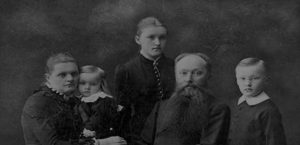
His diploma picture "Messenger" was purchased by P. Tretyakov
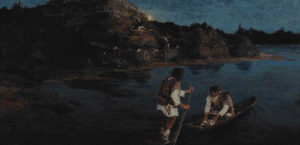
In Paris, he worked at the studios of de Chavannes and Cormon
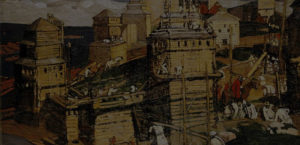
Together with his wife Elena, he traveled around Russia
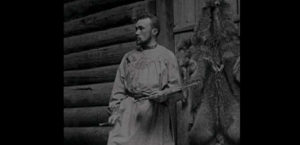
The foreign exposition was organized in Prague
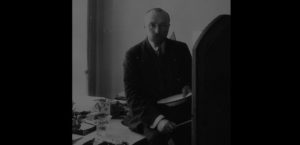
Became a full member of the St. Petersburg Academy of Arts
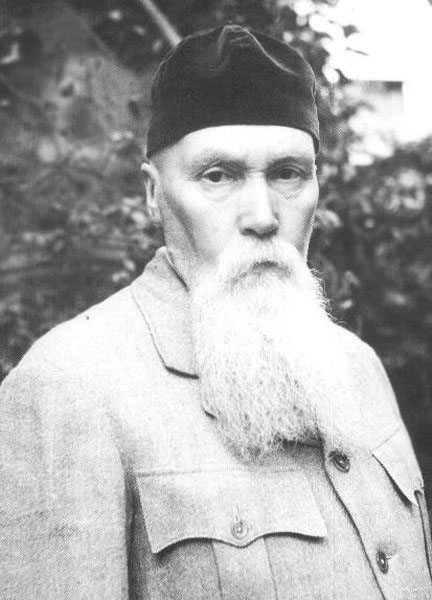
With deafening success, he held solo exhibitions in Malmö, Stockholm, Copenhagen
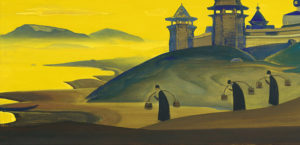
Supervised the Central Asian expedition

Exhibition in Benares

The beginning of the Manchurian expedition

The death of the artist

Nicholas Roerich
On Artist
flow
Symbolism
Impressionism
friends
Ilya Repin
Alexander Benois
Leo Bakst
Igor Grabar
artists
Puvi de Chavannes
Arkhip Kuindzhi
Fernan Cormon
By Artist
flow
Futurism
friends
Valentin Serov
Kuzma Petrov-Vodkin
Boris Kustodiev
Anna Ostroumova-Lebedeva
Zinaida Serebryakova
Ivan Bilibin
Mstislav Dobuzhinsky
Vladimir Schuko
artists
David Burliuk
